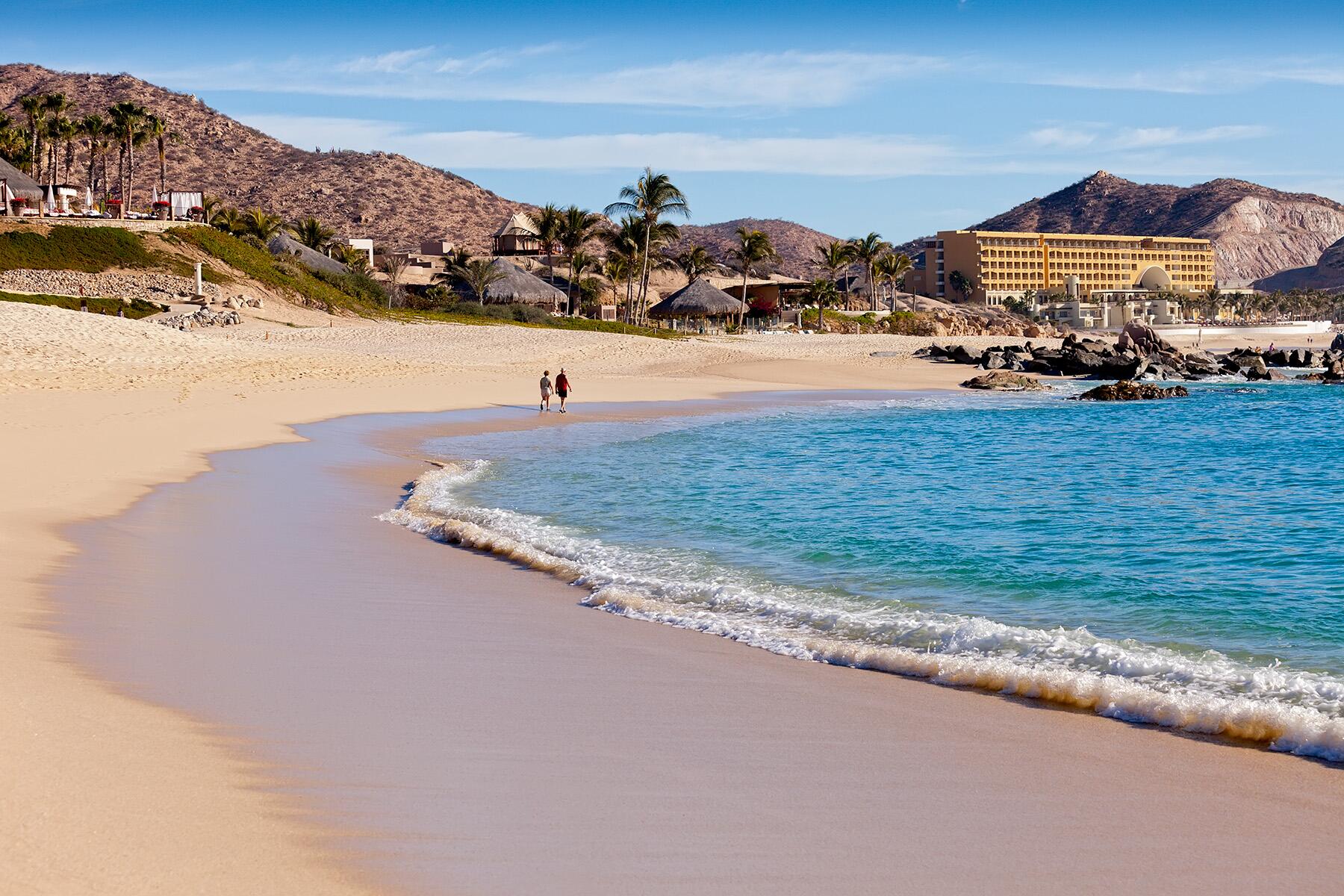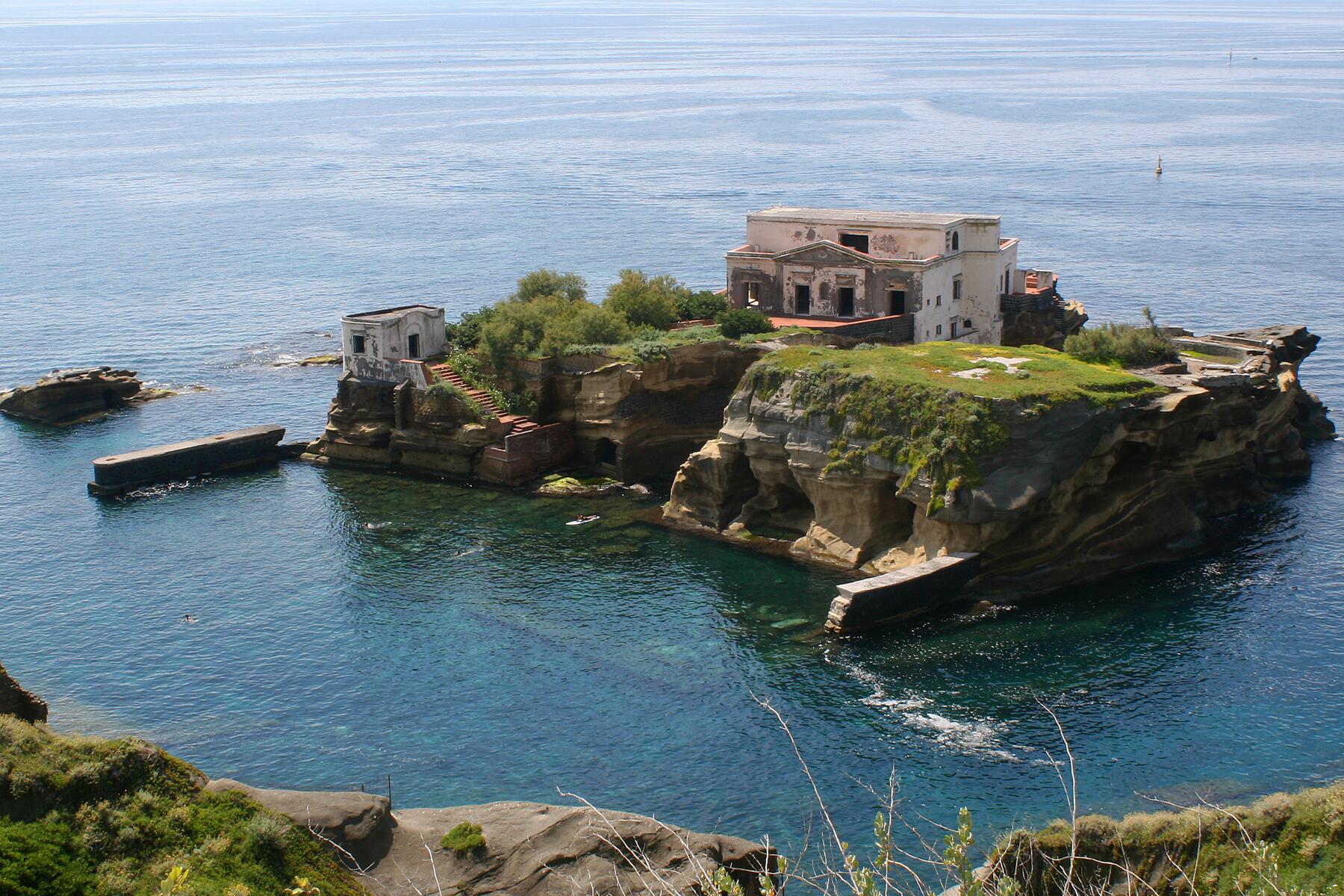Once outside the forgettable main town, the wild, mountainous, windswept island of Tinos will soon cast its spell on you.
The average traveler has never even heard of Tinos. Yet, only a 20-minute ferry ride from Mykonos lies a barely discovered Cycladic Island paradise. Tinos is best known for the Church of the Panagia Evangelistria, a religious pilgrimage site located in Chora, the main town. As a result, the island’s charms may not be immediately apparent, but venture beyond Chora and you’ll soon discover an untamed, ruggedly beautiful island of hidden beaches, enchanting mountain villages, impressive marble work, and extraordinary cuisine. Perhaps this is why Tinos attracts Athenians in search of tranquility and authenticity, as well as an increasing number of French residents, many of whom are buying and renovating old homes in the mountains. After spending a morning visiting the Panagia Evangelistria complex, rent a car and head straight into the mountains. It won’t be long before you fall under the island’s spell.




